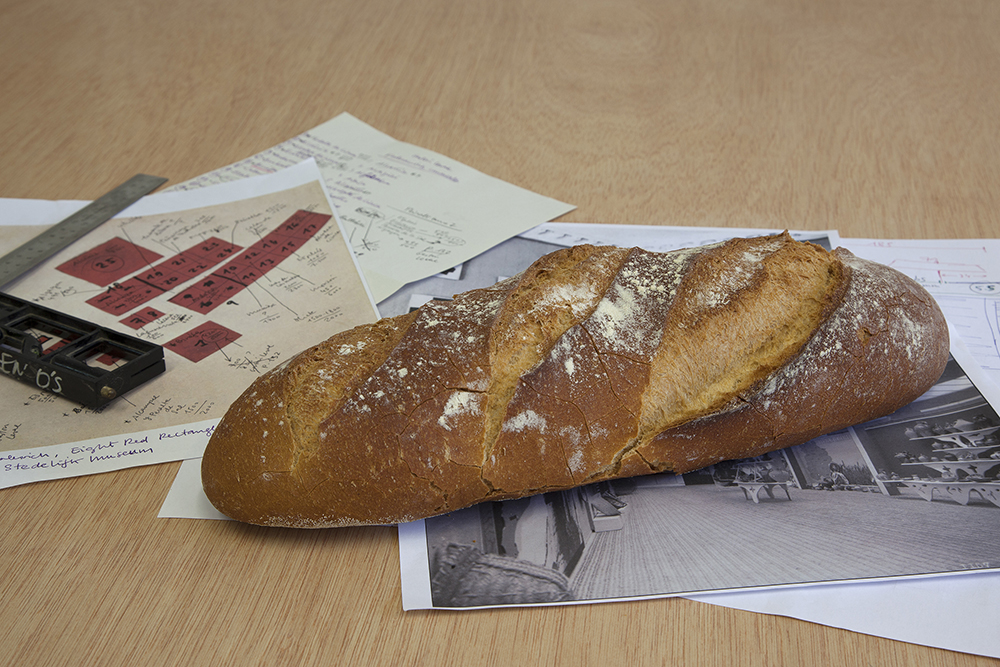THEORETICS OF BREAD
Nowadays we can purchase an industrially made loaf of bread for less tan 50 cents, but also for more than double the price if its done in the traditional way. Be it one way or another, we don’t know how the wheat have been harvested, transported, grinded, elaborated or kneaded. In the book The Conquest of Bread, published in 1892, Kropotkin proposed the idea of conquering the bread as a way of conquering ourselves. In the olden days the whole process that turned wheat into bread and, as a transubstantiation, bread into body was widely known. Today capitalism has swept away this experience, like many others.
In the well-known verse 3:19 of Genesis: “In the sweat of thy face shalt thou eat bread, till thou return unto the ground; for out of it wast thou taken”, lies the key of working class struggle. The false promise that every sacrifice would be rewarded in another life, in a heaven that would fulfil them in exchange for the many sufferings assumed, kept the workers subdued for centuries. Once the fiasco was discovered —with the acquisition of class consciousness— the proletariat imagined its own paradise in the form of a dictatorship. The paradox of the matter is that in such a paradise the work did not disappear, but quite the opposite. Without work the worker lost his raison d’être, his condition and his identity. Hence the Stakhodox competition within the USSR, or the anarchist moral rectitude in Spain.
The exhibition Theoretics of bread investigates the past of the working class as an unactualized potential, in their longing to live in equality, without submission, exploitation or suffering. At the same time the exhibition claims the bread as an emancipating but also mystical symbol, as it transubstantiates itself in the body (of the worker). As Kropotkin said in The Conquest of Bread: “Conquering the bread is nothing other than conquering ourselves”.





